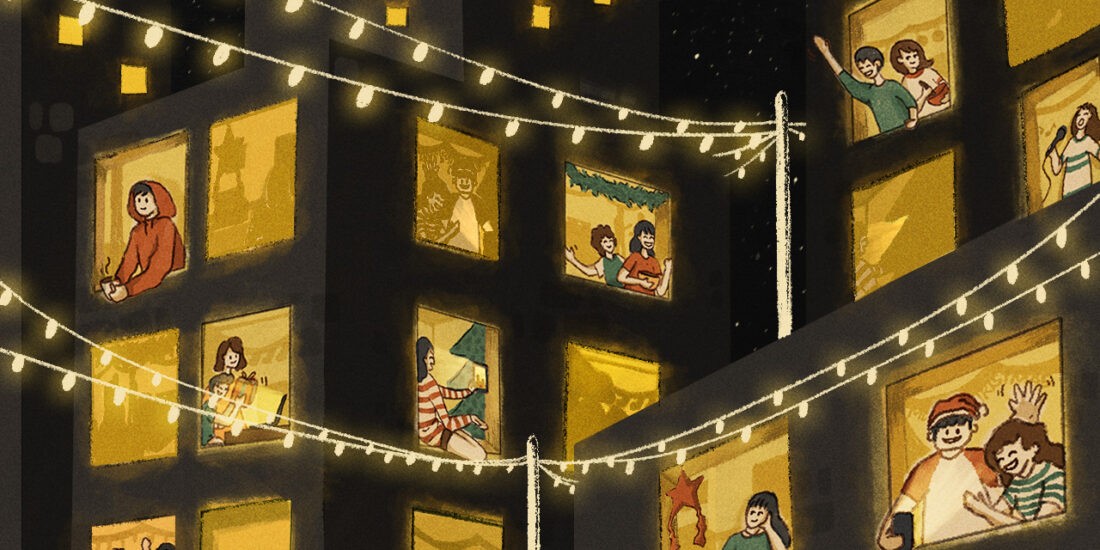How consumerism sold holidays
It’s been that time of the year again—the holiday season and amid bright lights everywhere are flashing sale signs in stores, encouraging us to buy something new. Besides, the holiday season is a time for overspending and overconsumption, right? Or is it, really? But, maybe, this holiday season is a time to think twice about why this always happens in a seemingly predictable pattern.
Consumerism consuming the holidays
We associate our typical holiday celebrations with abundance, and along with the meaning behind celebrations, there’s always more than what we can consume, food or otherwise. After all, we most often think we should indulge more especially when we celebrate a special day.
Now, we find ourselves preparing for parties left and right during the holiday season. Especially when you have a thriving social life, celebrations may fill up your calendar, which also equates to more expenses and spending. There’s always more food, more drinks, more gifts, and more events than other normal days of the year, leaving us with leftovers for weeks on end.
We’re not the only ones that are in on the fun as we celebrate the holidays— advertisements are in as well. From Coca-Cola popularizing the red-and-white clad Santa Claus that we know today, to the hype for that special edition Starbucks planner, brands are making their way in immortalizing their advertising campaigns to our holiday traditions. And they do so successfully, integrating consumerism into our celebrations during the holidays.
One could argue that consumerism in the holiday season has gone too far, but research suggests otherwise. “While we’d like to believe that consumerism has overwhelmed our holiday traditions, it’s what has always driven them,” says Aaron Hostetter. Our holiday traditions are fueled by the concept of “conspicuous consumption” which revolves around a public display of shopping with the intention of elevating one’s social and economic statuses.
“Hallmark Holidays”
Aside from traditional holidays, there are also holidays that are neither religious nor secular days, as they are solely commercially-driven. The likes of Grandparent’s Day, Valentine’s Day, and to some extent, even Mother’s Day and Father’s Day celebrations are also known as Hallmark Holidays. It’s used to describe holidays that are perceived to exist due to commercial purposes derived from Hallmark Cards, an American greeting card company. It was coined primarily to criticize Hallmark for the profit it gains during these holidays.
There’s nothing wrong with the idea of Hallmark Holidays and how they dedicate special days to celebrate and honor different champions of our lives. However, its commercialized existence presents a question about how we attach sentiments to material things. While the presents we wrap and the greeting cards we send could express how we value the people in our lives, it is not the only way to tell someone how much they mean to you. The idea of our sentiments being expressed through material things says something about how we put importance to the tangible things, even as we celebrate the reason behind these special days.
Most holidays, especially Christmas and New Year thrive in how much consumers spend preparing for celebrations. Somewhere in celebrating those special occasions that we spent so much time preparing for, we tend to set aside what really matters aside from the material things—our precious time with the people closest to us.
***
Consumerism as the driving force of holiday celebrations has paved the way for other holidays induced for its commercial value. But it doesn’t necessarily mean that consumerism is the only reason we celebrate the holiday season that we have come to know. While we cannot entangle consumption from the holiday season, the next best thing for us to do is to be conscious of how sentiments we attach to holidays play into consumerism.
Photo by Justin Lim on Unsplash





